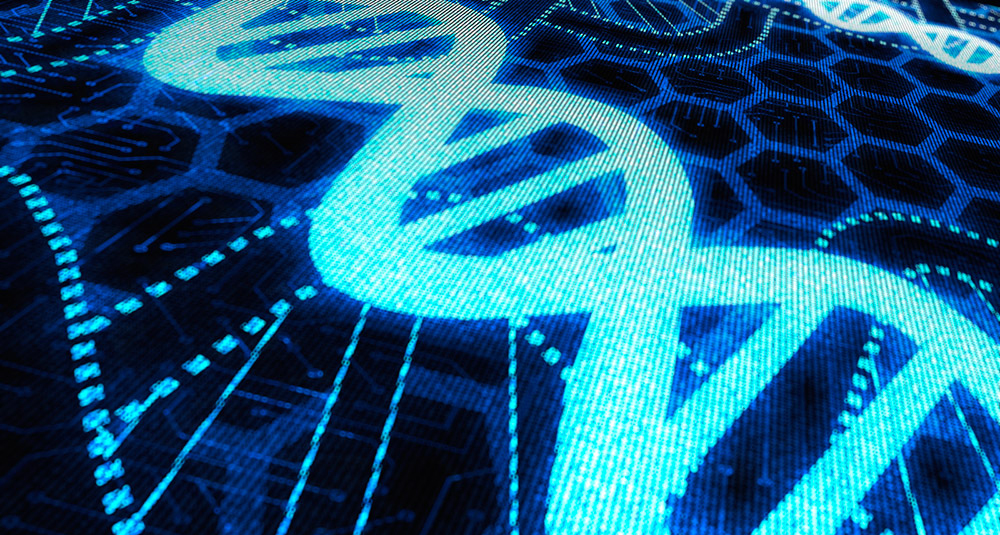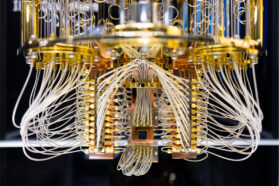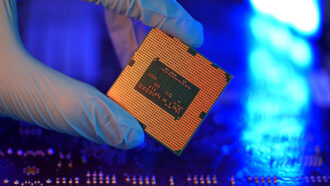A switch for a living computer
Scientists build a transistor from DNA

Scientists used DNA to build biological switches called transcriptors, which act like transistors found on computer chips.
iStockphoto
Computers are lifeless. They’re ordinarily built from metal, silicon, plastic and other materials. Those components work together to shuttle around the electricity needed to surf the Internet, watch videos or even do homework.
But why stick to the ordinary? Scientists are finding that computer parts can also be built from DNA. This long molecule contains genetic material and is found inside almost every living cell. It tells each cell which molecules to make. In March, researchers published a study that shows how DNA also can be used to build an important computer component, called a transistor.
In a computer, a transistor acts like a tiny switch that can be turned on or off. Computer processors, or “chips,” use hundreds of millions — and often billions — of transistors to keep information flowing. They’re used for memory, too. For example, a photograph on a memory card is saved as a series of switches in specific positions.
DNA can be used to build those switches, too, say scientists who worked on the new study. They call their bio-switch a transcriptor. And it could be used with other DNA devices to build biological computers.
Jerome Bonnet, a bioengineer at Stanford University in Palo Alto, Calif., worked on the DNA switch. He says it could be used to turn a germ — like the bacteria found in yogurt — into a disease-hunting detective. Scientists could use the DNA switch to program the germ to look for signs of cancer. If it found such signs, the germ would send out warning signals. These signals would be hard to miss.
“The bacteria could actually travel through your gut and make a color in your poop,” Bonnet says. That colored poop would provide a vivid warning to go see a doctor.
Transistors work by controlling the flow of electricity. In one position, they let the electricity pass. In the other position, they stop the flow. A DNA switch wouldn’t affect electricity. Instead, such a device would work by either making a molecule called a protein or not.
In Bonnet’s example, the DNA switch would flip when the germ detected cancerous cells. That would cause the germ to make proteins that change the color of a person’s poop.
Timothy Lu is a synthetic biologist, or scientist who builds useful devices from living things. He works at the Massachusetts Institute of Technology in Cambridge. He says a DNA switch couldn’t match the computing power of a chip.
They “probably wouldn’t be able to compute square roots,” Lu told Science News. “But you don’t need to put a MacBook chip inside a cell to get some really interesting functions.”
A DNA-based computer would also work in places that ordinary computers can’t — like deep inside a person’s body.
Power Words
germ A microorganism, usually disease-causing.
DNA, or deoxyribonucleic acid A long, spiral-shaped molecule inside nearly every cell of an organism. It carries genetic information.
protein Compounds that are an essential part of all living organisms. Proteins do the work inside a cell.
transistor A device that can act like a switch for electric signals.
bioengineering The combination of knowledge from biology and mathematics, physics or other sciences to solve problems, design processes, create materials or build devices.
silicon A nonmetal, semiconducting element used in making electronic circuits. Pure silicon exists in a shiny, dark-gray crystalline form and as a shapeless powder.







